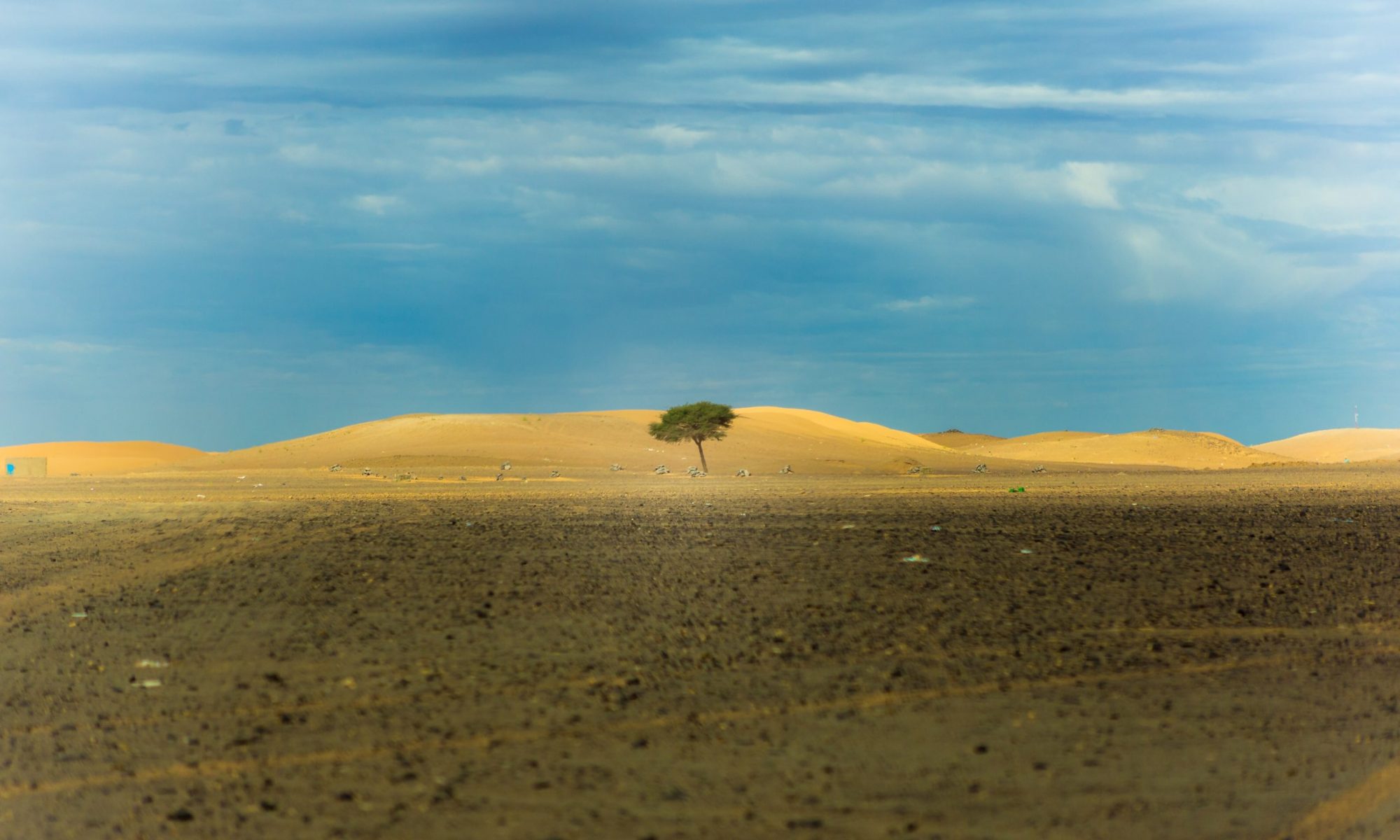Caroline Heitz, SNSF-PostDoc.Mobility Fellow and Associated Researcher at the School of Archaeology, University of Oxford, UK
You can find and download a PDF version of this Essay at the long-term archive Zenodo under the following DOI:
Abstract
In this essay, I would like to redraw some of the insights that we had regarding concepts of vulnerability during the plenary discussions at the workshop ‘Theorizing Resilience and Vulnerability in Ancient Studies (TRAVAS)’. Far from giving a precise protocol of what was said, the following lines are what I compiled from my notes after rethinking and reconsidering what we had discussed. Our reflections revolved around three fundamental questions, which I will also raise in this essay – without the aim, however, of finding conclusive answers to them: What is vulnerability? Can vulnerability be discussed without touching on resilience? What conceptualizations of vulnerability could be useful for archaeological research?
Unlike resilience, vulnerability has so far barely been addressed in archaeology. Although both terms, sometimes understood as counter concepts, have been used since the late 1990s, vulnerability seems to have received less attention, in theoretical as well as empirical archaeological research. It might be due to the vagueness of the term, the difficulty of relating such an abstract concept to archaeological finds or that research on human success is preferred over research on human failure. While the reasons remain unclear without a sound analysis of the history of science in this respect, our discussion first addressed the fundamental question of our understanding of the term based on what we had learned during the workshop. There are seemingly endless ways to conceptualize vulnerability, of course. In the following, I paraphrase my current view in the form of a lively first sketch, which could be completed into a more complete, balanced picture in the future.
Continue reading “On Theorizing Vulnerability for Archaeology”
